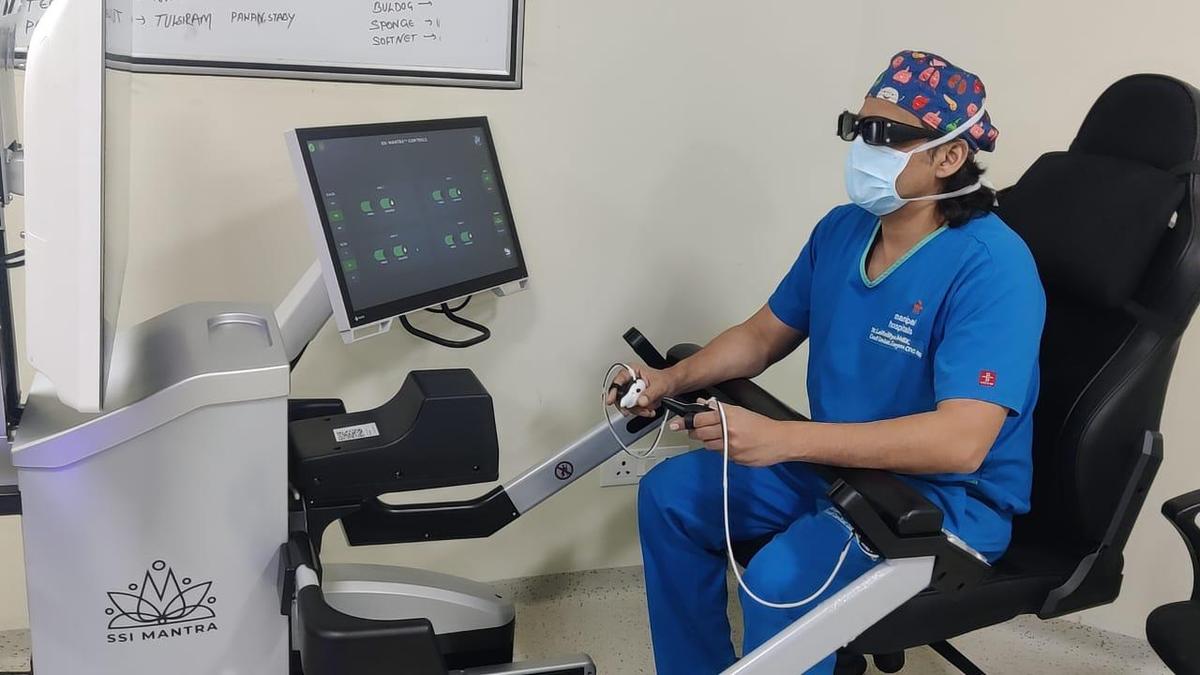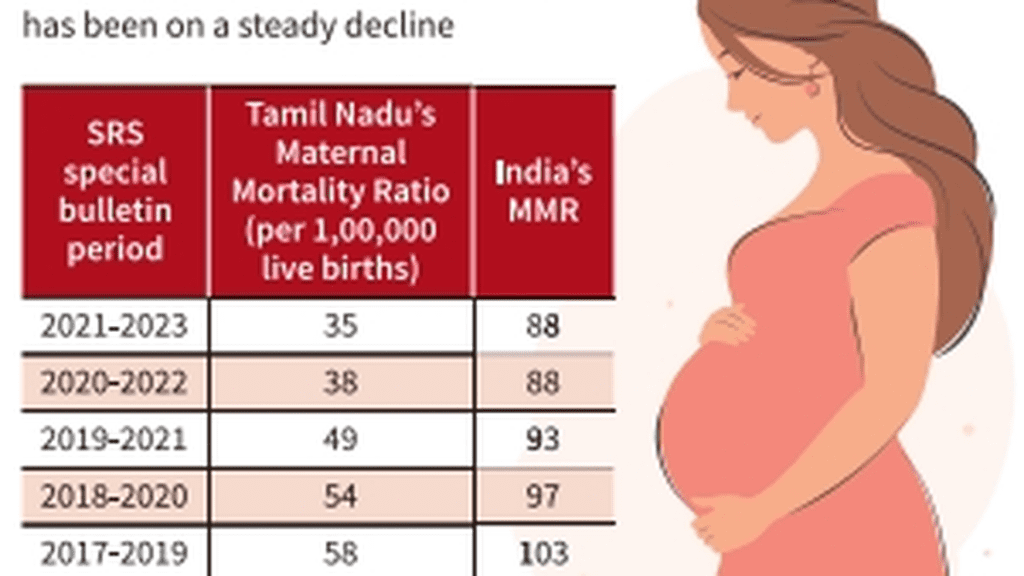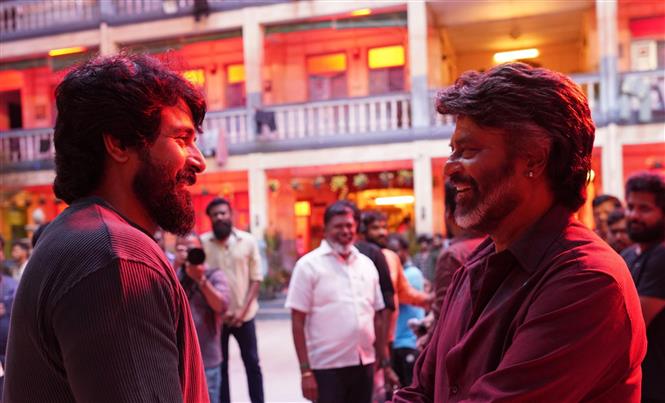Two complex heart surgeries, over a distance of 286 km

Two complex heart surgeries, over a distance of 286 km
Combining cutting-edge technology with medical innovation, doctors used India’s first indigenous surgical tele-robotic system to successfully conduct two complex heart surgeries over a distance of 286 kilometres – the longest, physical separation so far achieved in India between a patient and the operating surgeon.
The surgical-robotic system, called the SSI Mantra, and developed by medical technology company, SSI Ltd, is the first-of-its-kind system in India. It conducted two surgeries on January 9 and 10 on two men, aged 59 and 56 respectively, with a team stationed at the SSI’s robotics control in Gurugram and another at the Manipal Hospital in Jaipur.
The first procedure was an internal mammary artery harvesting, which involves removing the artery for a coronary artery bypass grafting. The second was a total endoscopic coronary artery bypass, which is considered a complex cardiac surgery as the surgeon has to work on the artery while the heart is still beating.
Also read:My robot surgeon: The past, present and future of surgical bots
Speaking to The Hindu about the surgeries, Dr. Lalitaditya Malik, cardiothoracic vascular surgery consultant at the Manipal Hospital in Jaipur, said his team of 10 medical staff and five from an Information Technology support team did mock drills for these operations for nearly a week every day before the actual procedures.
“Latency time, ensuring good connectivity, anticipating and being prepared for medical and technical problems are the challenges associated with the procedure. The advantages include reduced time of operation, better precision, minimal operation trauma to the body in terms of incision, blood loss, recovery time and chances of infection,’’ he said.
The surgeries were successful because the underlying technology enabled a latency of 35-40 milliseconds (1/20th of a second), meaning that actions executed in Gurugram were almost instantaneously transmitted to the robotic surgical instruments in Jaipur. The patients have been discharged.
The surgeon involved, Sudhir Srivastava, founder of SS Innovations, and who specialises in robotic cardiac surgery, told The Hindu that MantraSync was a proprietary tele-surgical network module specifically designed to work seamlessly with the SSI Mantra surgical-robot system.
A research article published in the Journal of Robotic Surgery last November, describes the robotic system employed: “The dual console SSI Mantra Surgical Robotic System has two consoles: a master surgeon console situated at a remote location and a slave surgeon console located in an operation theatre. Both the surgeon consoles have a system controller, a pair of hand controllers, and various other control pedals/toggle switches etc. In an operation theatre, multiple patient-side arm carts are arranged around an operating table. Multiple robotic arms (each having a robotic surgical instrument) are mounted on the patient-side arm carts. One of the patient-side arm carts is equipped with an endoscopic camera. The dual consoles are connected via a transmission network. During the telesurgery, the system control is with the master surgeon console. The remote expert surgeon manoeuvres the hand controllers to perform specific surgical actions, and these action/control signals are transmitted to a network router via a network switch locally present near the master surgeon console. Then the control signals are sent over the chosen transmission network to the system controller of the slave surgeon console via a local network router. These action/control signals are then transmitted to the patient-side arm carts, present at the location of surgical site of the patient.”
Based on these trials, the SSI technology had got regulatory approvals. “The technology has been approved by the Central Drugs Standard Control Organisation (CDSCO) in India under Class B and Class C surgical devices. These approvals affirm the safety, efficacy, and regulatory compliance of the system for use in hospitals across India,’’ said Dr. Srivastava.
He added that the development cost of MantraSync primarily involved software development for secure data transfer using Airtel’s existing fibre-optic network infrastructure. The implementation costs were limited to installing the SSI Mantra robotic system in a hospital and Airtel’s network infrastructure fees. Currently, three institutions are connected to the SSI’s headquarters in Gurugram via the MantraSync setup, allowing them to perform tele-surgeries under controlled conditions.
Stating that while the aim was to bridge geographical and infrastructural gaps in surgical care and make tele-surgery accessible on a global scale, Dr. Srivastava added that for the effective implementation of the technology in India, there should be good network with high-speed, low latency, robust training of medical staff and scalability for greater distances.
Another challenge was that robotic surgeries were still expensive. “While technology is now well- developed and availability of trained surgeons too have improved considerably, it will seem that the adaption has been skewed to metros and tier-1 locations,” said Dilip Jose, Managing Director and CEO, Manipal Hospitals, “Higher costs – both capital as well as operating – would be a major factor in this, and it might still be a while before the option of robotic surgeries become commonly available in all parts of the country,’’ he said.
He added that once insurance covered more robotic procedures, it would be more affordable. Mr. Jose also noted that the training infrastructure had improved following an increase in installation of the robotic system.










